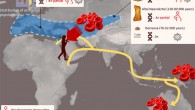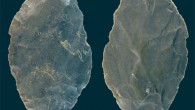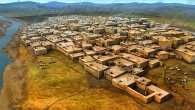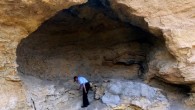A series of previously unreported hand and foot impressions from the Tibetan Plateau dates to between 169,000 and 226,000 years ago (middle Pleistocene period) and may be the oldest work of art. Parietal art panel at Quesang, Tibet. Image credit: Zhang et al., doi: 10.1016/j.scib.2021.09.001. “The question is: What does this mean? How do we interpret these prints? They’re clearly not accidentally placed,” said co-author Dr. Thomas Urban, a researcher...



















